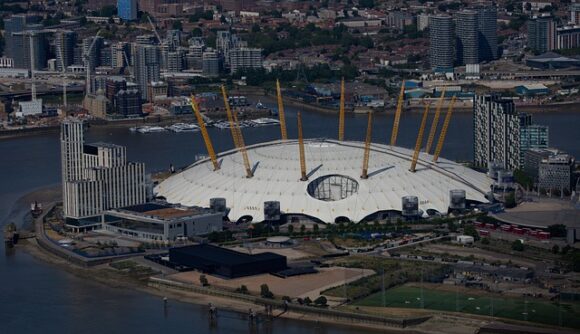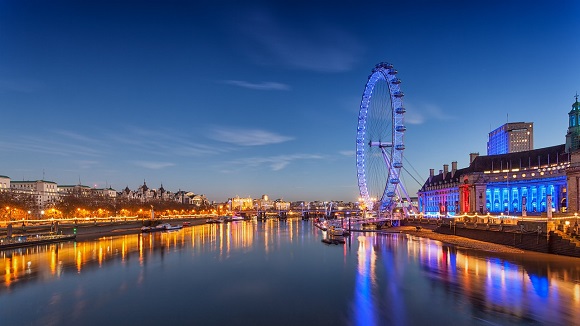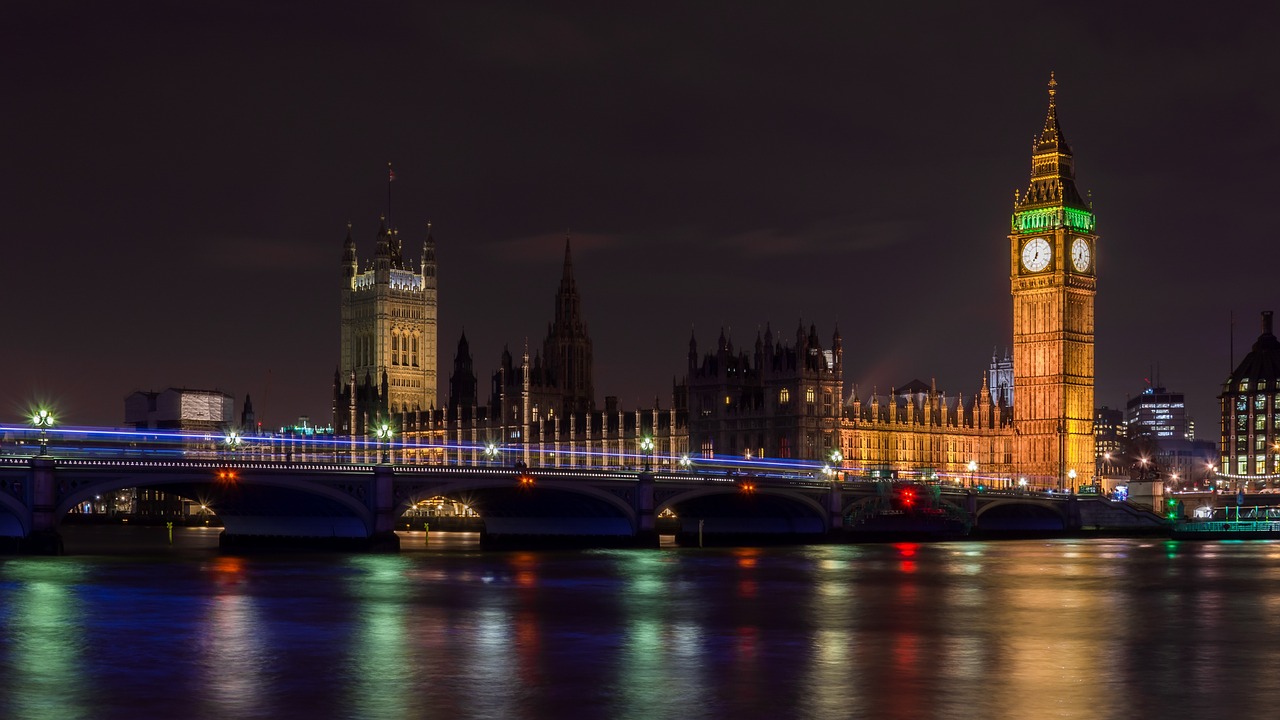Maturity
Towards the end of the 18th century, Britain had by far the strongest mercantile & military navy in the world. Profits & cheap new products from the new world, in many cases even slavery & its abhorring practices, all worked to London’s benefit which saw its grandiose mansions & buildings multiply. Some fine examples were the new Somerset House, or Dover House & Carlton House built by Henry Holland, Wyatt’s Pantheon on Oxford St., the new building of the Bank of England by Soane & Guildhall’s new facade or Shakespeare’s Gallery building by George Dance the Younger.
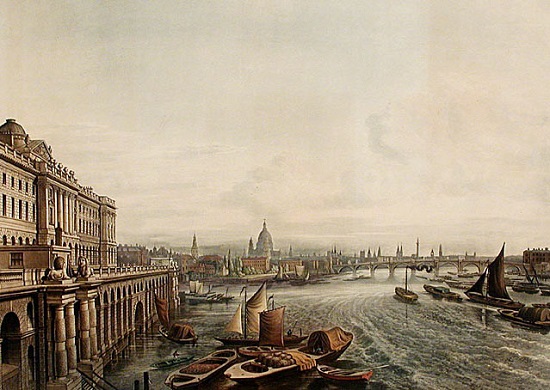

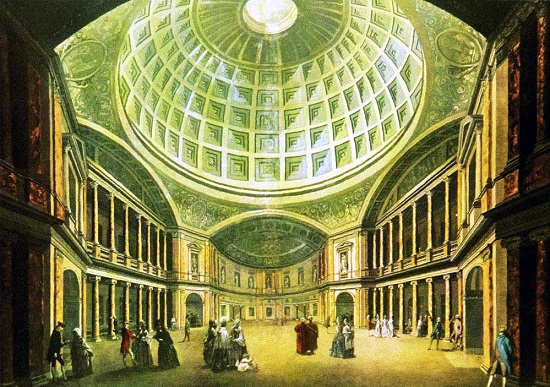
New bridges across the Thames, new roads & transport infrastructure & most importantly the constant need for new housing from people that kept flocking to the world’s leading capital filled the new neighborhoods with new houses and residents. To the East & North crowded parts of the city, people suffered from poor infrastructure, insufficient street lighting, and lack of paving & water supply. The hardships were only made tolerable by the almost unbounded demand for casual labor on the quays and wharves and in the service industries of the city.


In contrast, the West End was built to a higher standard. The new shops of the early eighteenth century were made ever grander, frequently taking the form of purpose-built palaces of consumption, a precursor of nineteenth-century department stores. New squares and commercial developments attempted to emulate the early success of St James’s and Hanover Square. The urban palaces of the aristocracy stood shoulder to shoulder around these formal squares, with chains, iron railings, and padlocks increasingly serving to segregate the rich from their neighbors. At the same time, the back streets and mews that filled the areas between the squares retained a diverse community of artisans, service workers, and paupers.
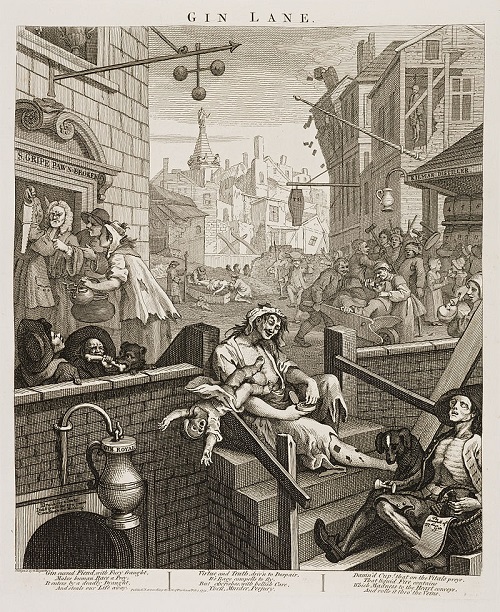
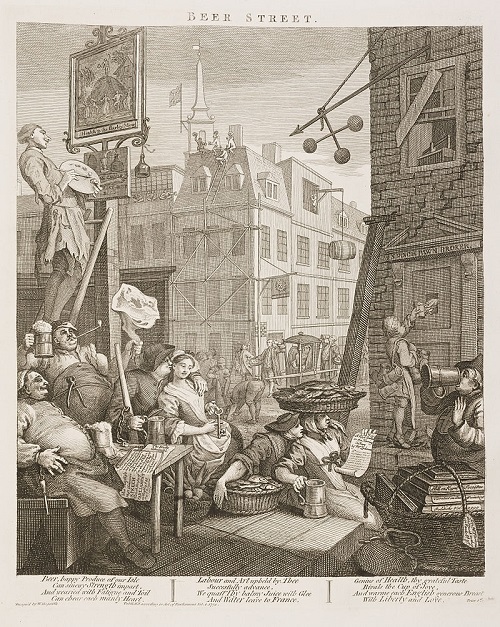
The defeat in the American Revolutionary War (1775-1783) would rock the boat of the mighty British Empire, funneling London with a group of repatriated colonists from North America, that were added to the already rich palette of Black African, Caribbean & Indian people one could encounter in the streets of the British capital.
The addition to the pan-European pantheon already living in London made the city a multinational melting pot that had not existed in a European city since Roman times. The loss of the American colonies enabled Britain to deal with the French Revolution (1789), the French Revolutionary Wars (1792-1802) & Napoleonic Wars (1803-1815) with more unity & resolution. During those turbulent times, London’s population increased to 1.4 million individuals. The final victory at Waterloo brought a revival of optimism in the country & a new drive for opulence in the city of London which celebrated the event with a victory parade of 15.000 troops at Hyde Park.
A large part of 18th-century London is written with the help of http://www.oldbaileyonline.org

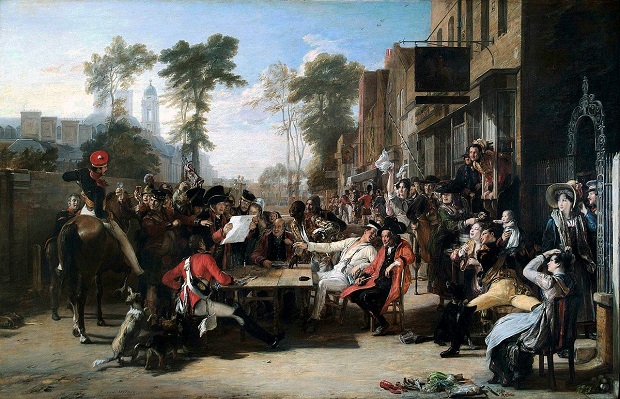
The Age of Improvement started with the construction of Waterloo Bridge in 1817 & Southwark bridge in 1819, the reconstruction of Theatre Royal in Covent Garden, the Opera House in Westminster (Her Majesty’s Theater today), part of John Nash’s creation of Regent St. The Age of Improvement also brought the remodeling of the Covent Garden Market in 1828, the creation of new shopping centers at Piccadilly, the establishment of the National Gallery on Trafalgar Square, of University College in 1826 & King’s College in 1828. In the same year, London Zoo at Regent’s Park opened its doors.
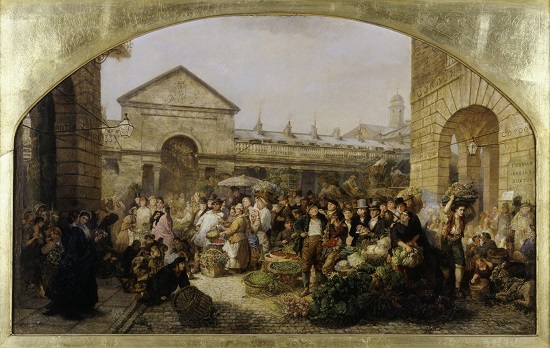
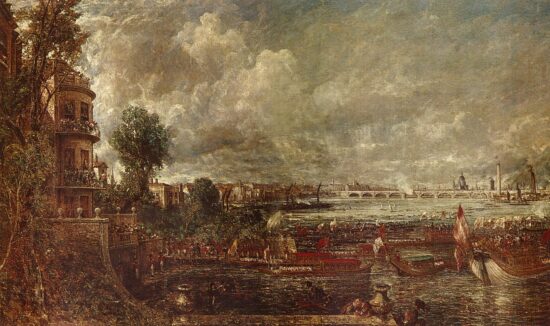
Prince Regent George IV, practically ruling from 1811 because of his father’s recurring mental illness, became king in 1820 at the death of George III. In that same year, he commissioned Nash to enlarge Buckingham House, acquired by his father in 1761 and serving as the Queen’s private retreat since, into a major, 600-room-palace. The project remained incomplete until King George IV died in 1830.
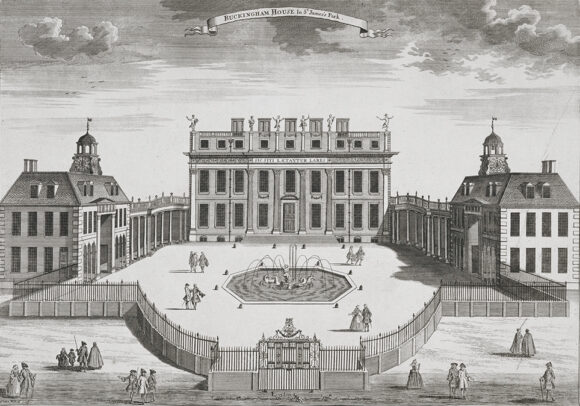
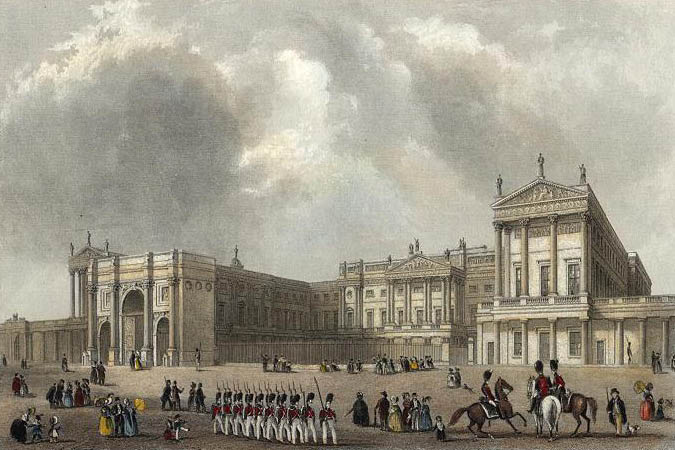
The new monarch, George’s younger brother William IV lived at the newly-built Clarence House throughout his short reign. Queen Victoria ascended to the throne in June of 1837, at the age of 18, after the death of her father’s (Prince Edward Duke of Kent and Strathearn) three elder brothers and the death of Prince Edward himself in 1820.
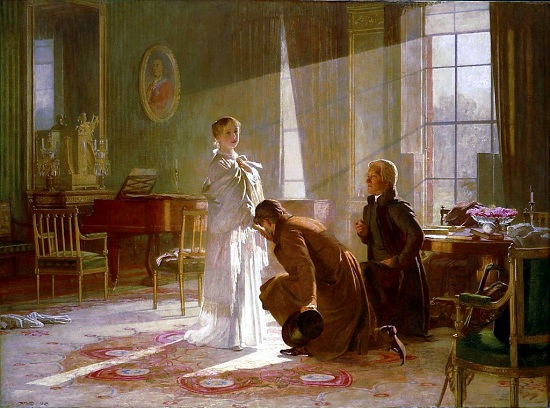
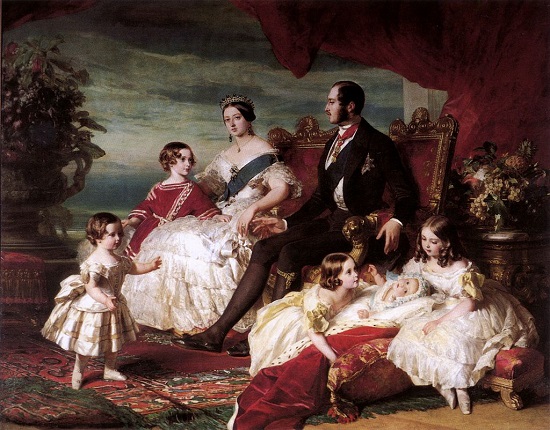
Queen Victoria’s 64-year-old reign also known as the Victorian era or Pax Britannica was the age of economic & colonial consolidation, the industrial revolution & great technological improvements but it was also an era of an extremely strict social code of conduct known as Victorian morality. London’s phenomenal rate of growth & global political, financial & trading dynamic was largely unrivaled until the latter part of the century. The largest city in the world was the capital of the biggest empire in the world, and its port was the king of all ports.
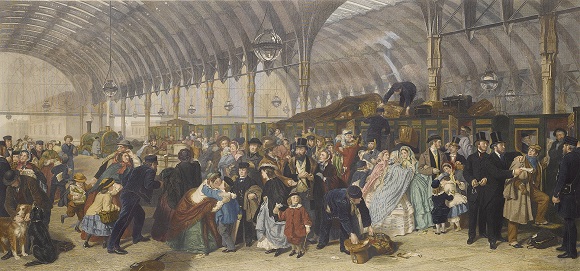
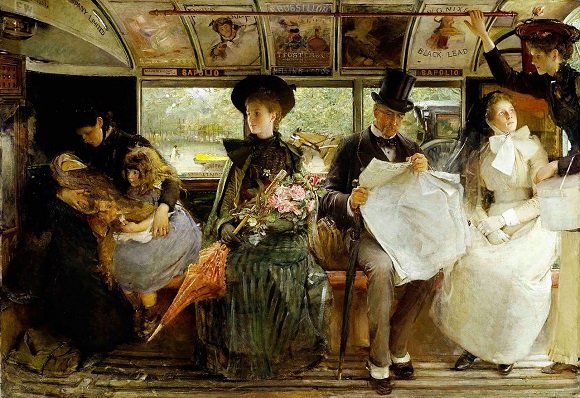

The first railway stations such as King’s Cross & Waterloo station were already established before 1850, gradually connecting London to the rest of the cities of Britain while London Underground followed 15 years later with a line that connected South Kensington to Westminster.
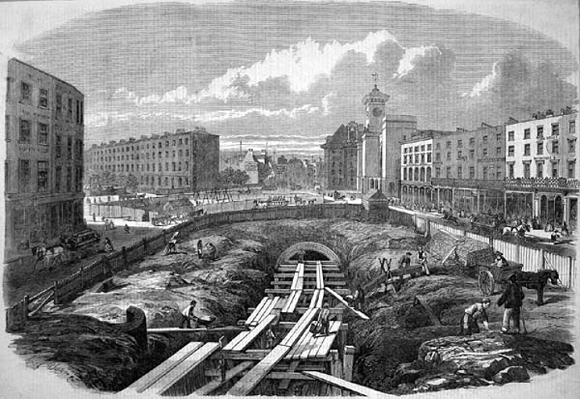
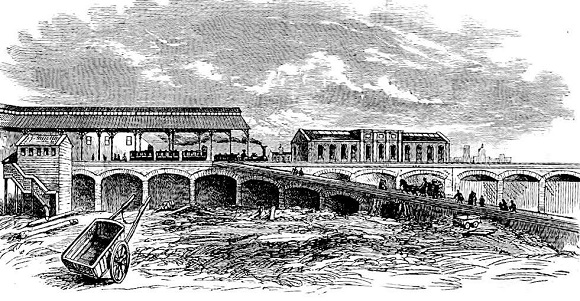
Buckingham Palace became Queen Victoria’s official residence in 1837 with works & additions of new wings continuing until 1850. At the same time, the works for the new Gothic-style Palace of Westminster that would replace the one destroyed by a fire in the 1834 old Palace were mostly completed by the end of the 1860s. The fame of its 96 meters (316ft) high Elizabeth tower, also known as the Big Ben (a name referring to the heaviest of the bells it carries) would surpass that of the Palace itself. Both structures formed an impressive landmark that would be identified with the city’s image in the years to come.
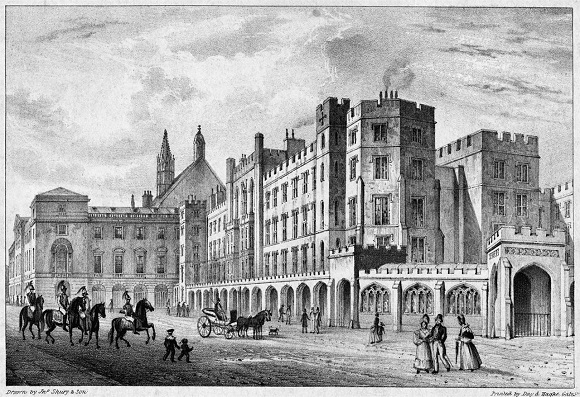

Despite its international fame and glorious new city-scape, London’s problems were far from over. The division between rich and poor reached its zenith during the Victorian era with the works of Charles Dickens portraying these inequalities in a detail that would shake both his contemporaries & future readers.
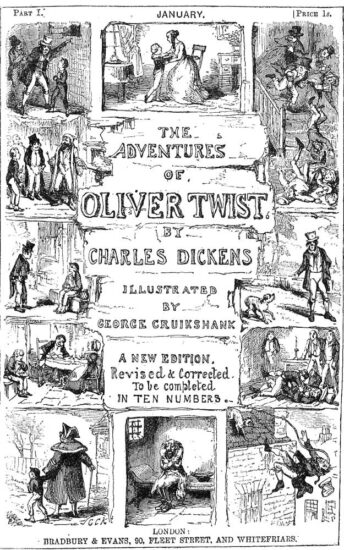

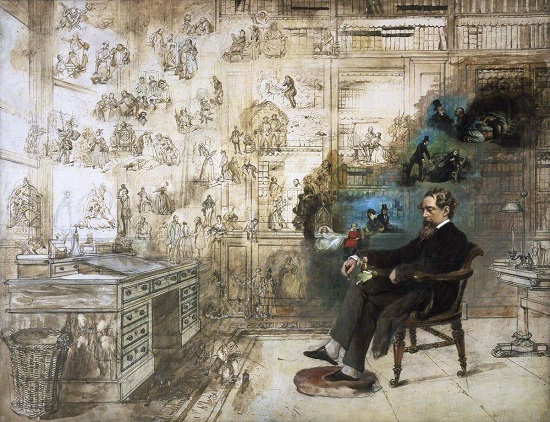
London’s sanitary problems would also become worse. The invention of the modern water closet resulted in the piping of raw sewage right into the Thames, London’s main source of water supply. Three cholera epidemics after 1833 and the Great Stink of 1858 prompted action from the local & national administrators who had been looking at possible solutions for the problem. In what was the largest civil engineering project of the 19th century, 2100 km of tunnels & pipes were constructed under the city until 1875, providing London with clean drinking water & a new drainage system.
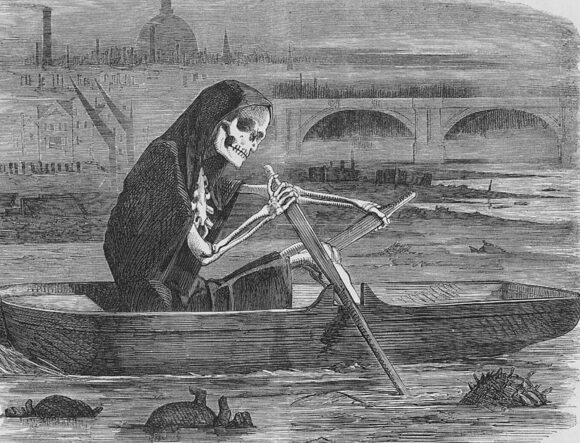
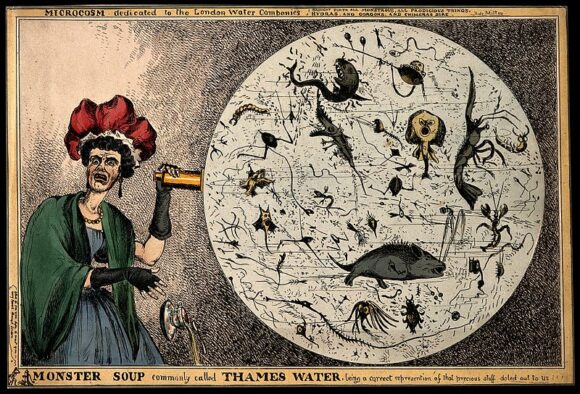
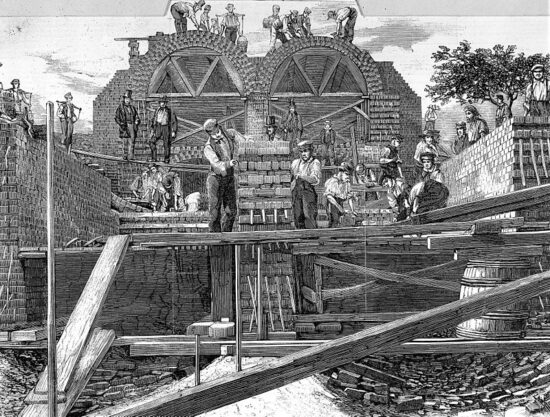
The dawn of the 20th century found London sitting on the top of one of the greatest empires in history with a population of 6.5 million people, greater than Paris, Berlin, Moscow & St. Petersburg combined. Electric lighting started eliminating many of its corners, while the tram network & first motorbuses started operating during the first years of the 1900s.

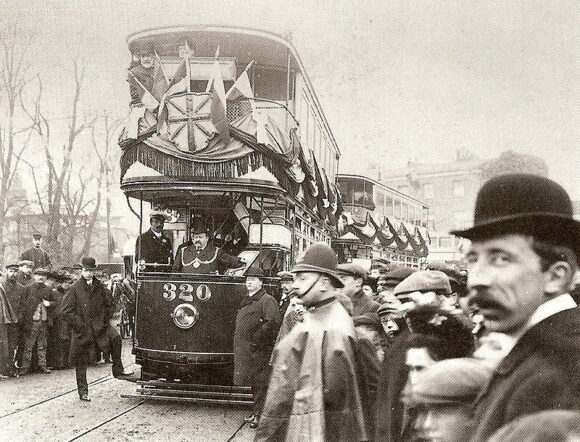
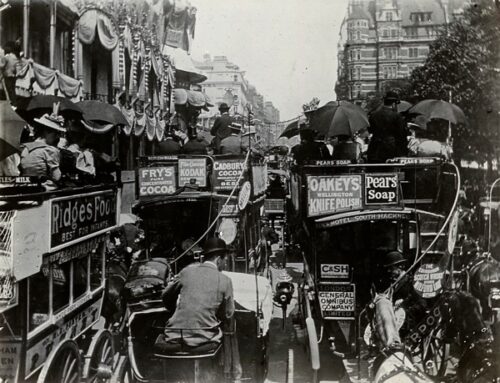
Despite its extraordinary progress, London remained a place of extreme inequalities & hardships for the majority of the people alleviated only by the social housing for working-class families or almshouses created by wealthy philanthropists in central districts of the city and by the institution of workhouses well-established during the 19th century.
The Workhouse was a place where those unable to support themselves were offered accommodation and employment. Life in a workhouse was intended to be harsh, to deter the able-bodied poor from coming in, and to ensure that only the truly destitute would apply. Still in some areas things such as the provision of free medical care and the education of children, were inconceivable to the poor living outside workhouses. Their inmates were in reality a better place than the rest population of poor people.
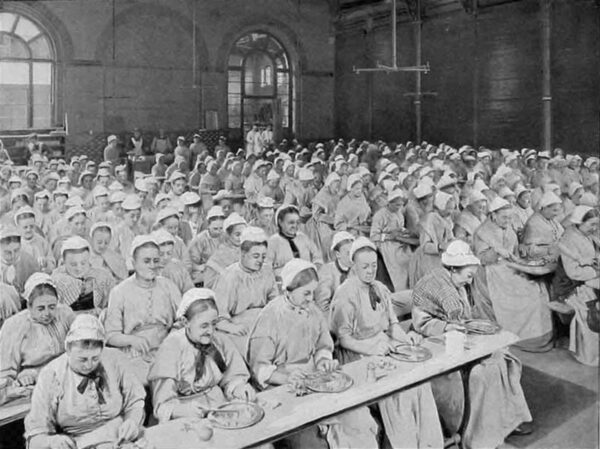
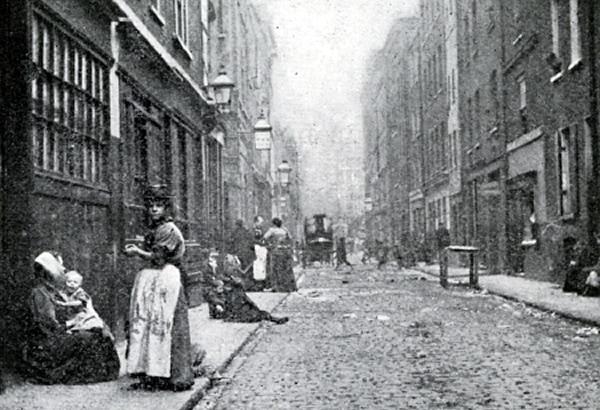
The declaration of war against Germany in 1914 placed Britain in the whirlwind of a World War that would last for four years. It would be the first time in centuries that the fighting would reach the city. In May 1915, a Zeppelin airship dropped about 90 bombs & incendiaries on East London which experienced its first aerial bombing in history.
Although the first 2 years of war brought a general slump in business, the massive enlisting of young men caused a huge need for working hands. That brought women fully into the workforce for the first time. As demand for the workforce increased so did the wages. It was one of the few times in London’s history that unemployment was in essence annihilated.
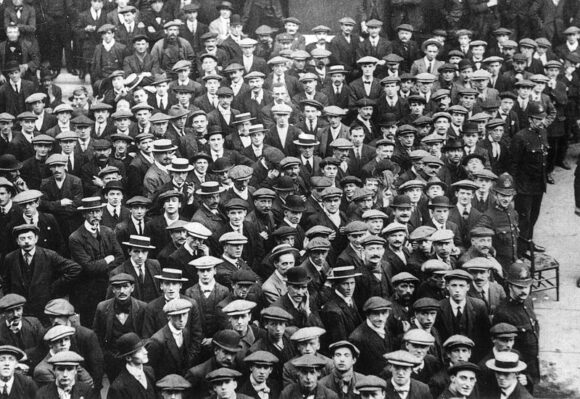
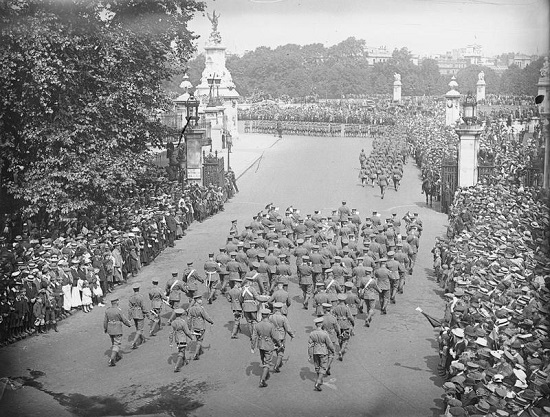
After the war, the manufacturing industry fell into a recession but it continued to account for over half of London’s jobs. Until the second half of the 20th century, London continued to be Britain’s prime economic powerhouse although many firms started moving out of the old industrial areas to new sites on London’s outskirts.
In the 1920s London changed its mood. The lifting of the war curfew in the early 1920s created a novel nightlife in West End. Entrepreneurs opened clubs, restaurants, and dance halls to cater to the new crazes: jazz and dancing. The capital began to feel and act less traditional and more modern. Wireless radio was the technological marvel of the decade.
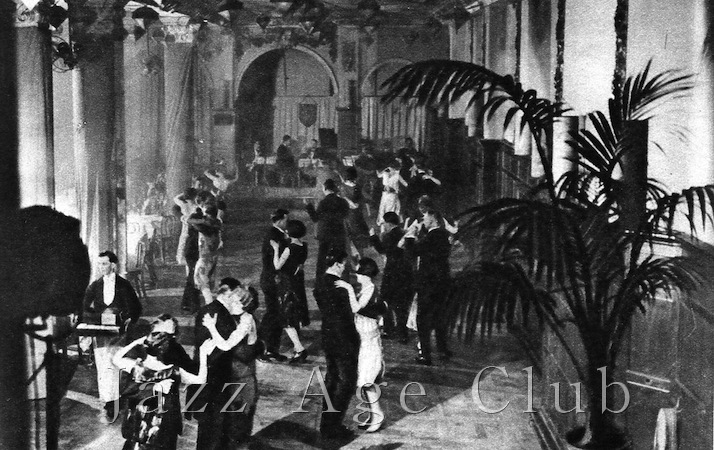
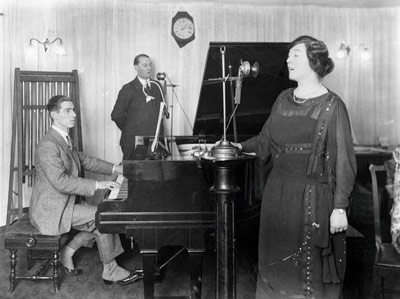
London in the 1930s tried to be cleaner, more modern, and more efficient. It was increasingly a city of electric lighting and motor vehicles, rather than gas lighting and horse-drawn vehicles. At the same time, the Capital’s old problems were being tackled by new public bodies. In general, the decade was dominated by the growing threat of fascism in Europe.
Violent clashes between English supporters of fascism and their opponents took place in central London and the East End. German Jewish refugees fleeing Nazi persecution began to arrive, many settling in Hampstead. War with Germany looked inevitable and the decade ended with preparations to evacuate London’s children.
*Most of the 20th century context is taken from http://www.20thcenturylondon.org.uk
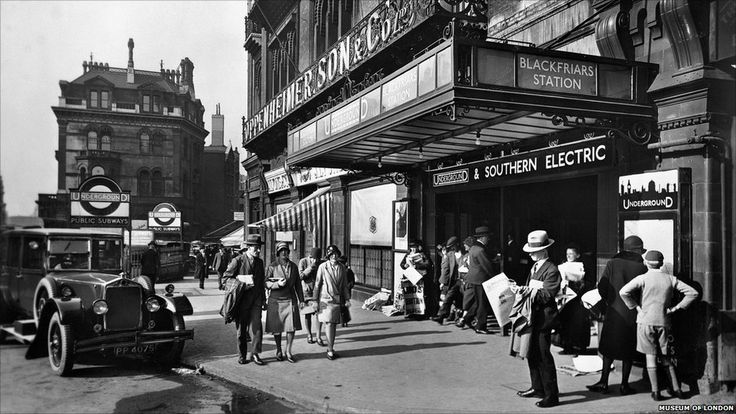
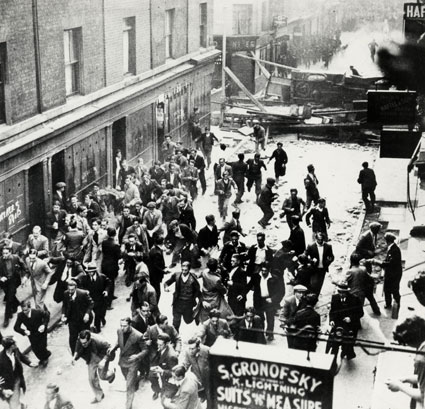
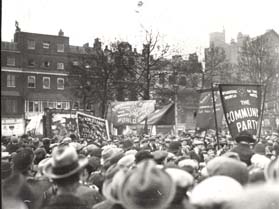
Although already familiar with the destruction caused by aerial bombings no one could prepare Londoners for the events that followed during WWII. More than 20.000 people lost their lives & over a million buildings were destroyed in the 57 consecutive days & nights of German bombings, between September 1940 and May of 1941, also known as the Blitz (shortened from German Blitzkrieg, meaning “lightning war”).
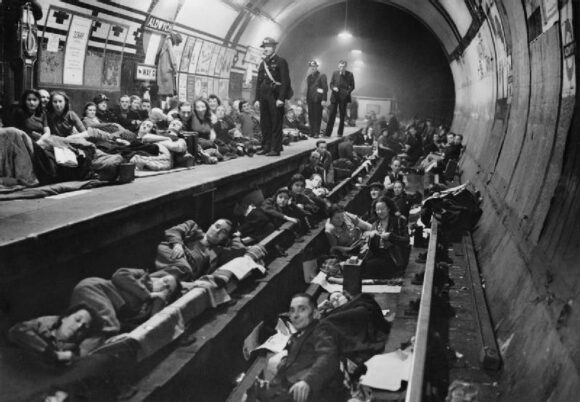
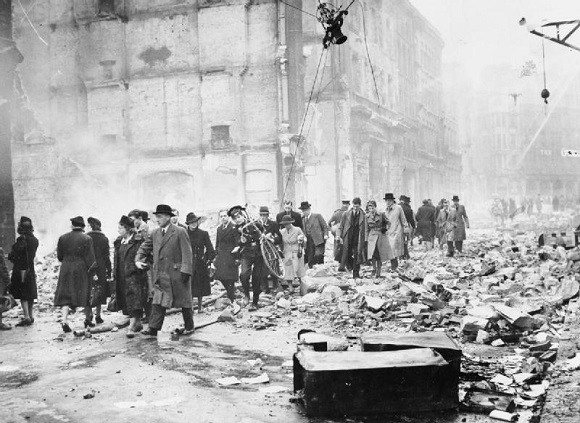
At the end of the war in 1945, London was a broken city. Numerous historic buildings were destroyed while some areas were completely flattened. The city planners and politicians eagerly seized the opportunity to reconstruct London as a New Jerusalem, a city that provided decent standards of living for all. Britain was now a Welfare State. As part of the reconstruction effort, skilled labor began to arrive from overseas.
In 1946 Heathrow Airport opened as London’s new airport, the docks resumed their role as the hub of the British Commonwealth trade, while jobs in the public sector increased substantially. At the same time, heavy immigration from countries of the old British Empire changed the character of the city once again. Noting Hill acquired a large Caribbean population, Honk Kong immigrants settled in Soho, Sikhs in Southall, and Cypriots in Finsbury. The Olympic Games held in London in 1948 would symbolize the nation’s recovery from WWII & the start of a new more optimistic era.
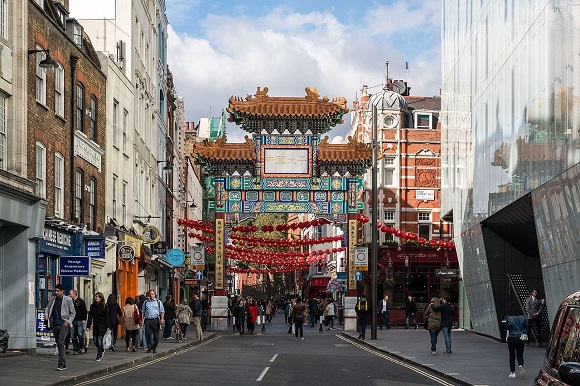

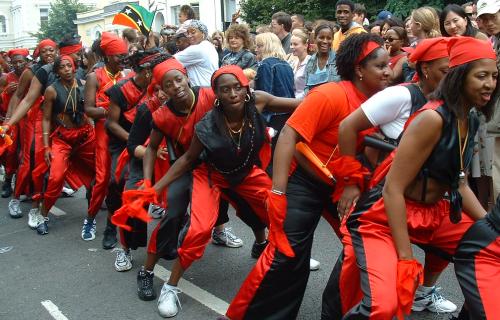
The 1950s started with the Festival of Britain transforming the South Bank & attracting millions of visitors in what was characterized as a tonic for the nation. In 1956 one of the city’s future trademarks, the double-decker red bus also known as the Routemaster makes its appearance in London streets for the first time.
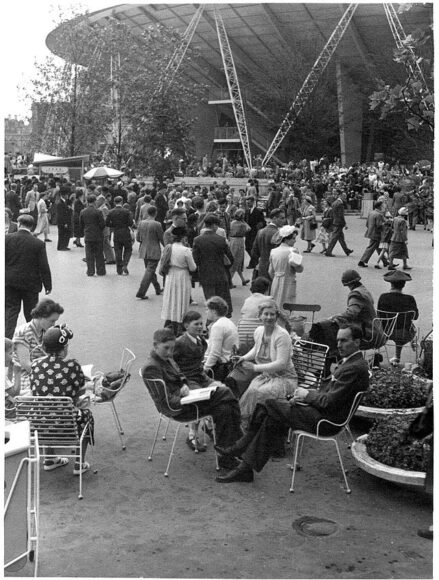


The 1960s was a time of new fashions, of fresh music & cinema, of new electric devices, cars, buildings & motorways. The rejuvenating & youth-orientated culture that took over the western hemisphere found its Mecca in the countless fashion boutiques & music bars of Carnaby Street & King’s Road that became the symbols of Swinging London.
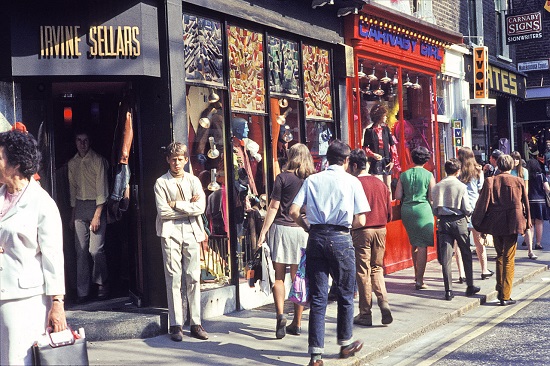
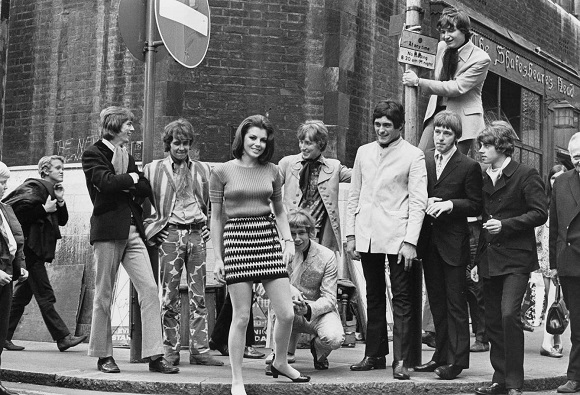
If the 1960s was a swinging party for London, the 1970s can only be compared with a nasty hangover. Economic decline & explosive rise of unemployment, closing factories & social tensions gave birth to another movement, typical of the widespread anger of the time. Punk London of mohawks & foul language, general strikes & IRA bombings, made the innocence of the past decade seem a distant memory.
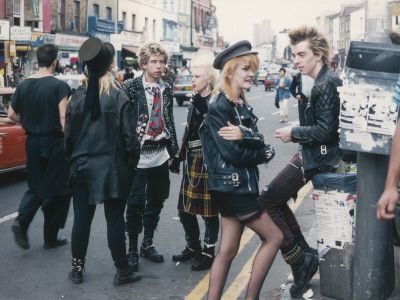
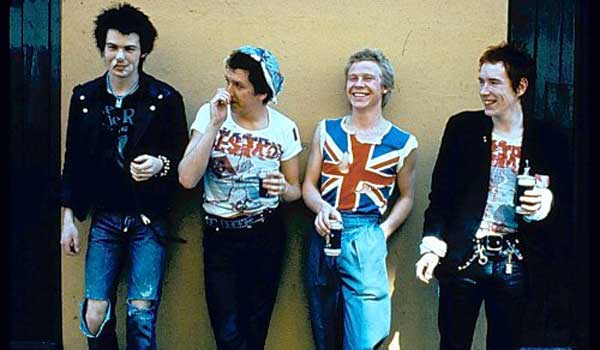
A new era started with the election of Margaret Thatcher in 1979 as Prime Minister of the United Kingdom. The ’80s would be identified with the conservative government of the Iron Lady. Her government’s policies enhanced the role of financial & banking industries in the British economy passing on to them the role played by the London docks for hundreds of years. At the same time, many aspects of her policy towards the outdated manufacturing industries increased unemployment & created social tensions in a decade that was also dominated by excessive consumerism & a widespread Americanization of modern-day culture & habits.
With unemployment and the value of houses on the rise, Thatcher introduced a flat-rate poll tax (a head tax with a fixed rate amount set by the local authorities). Protests around the country culminated in a 1990 march on Trafalgar Sq that ended in a fully-fledged riot. Thatcher’s subsequent forced resignation brought to an end a divisive era in modern British history.
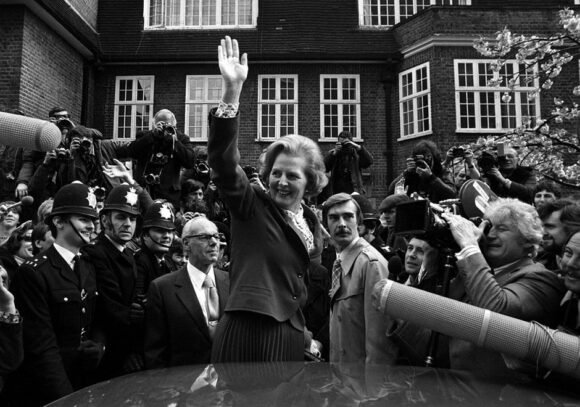
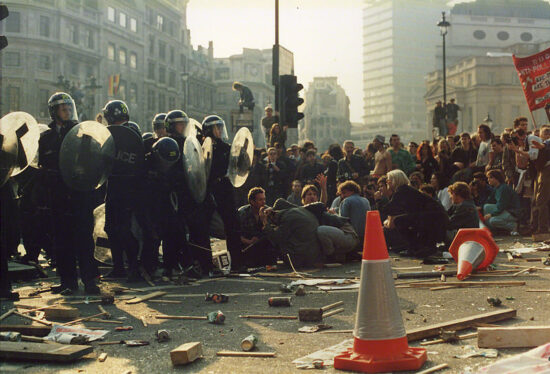
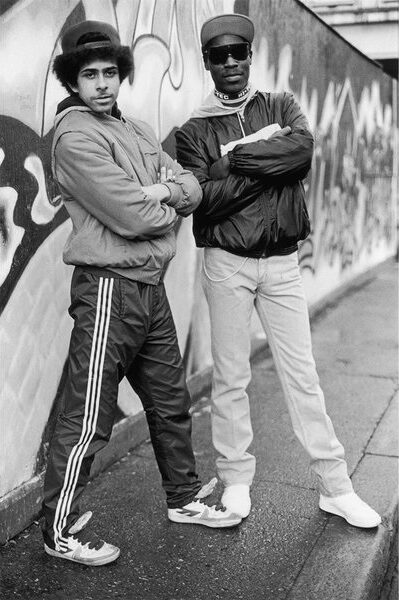
John Major became Thatcher’s successor and attempted to make peace between both parties and the country in the wake of a divisive decade. The 1990s saw a new mood of optimism in London. The capital began to think of itself as truly global. It grew relaxed with its multicultural population and proud of its creative buzz.
London in the 1990s became, statistically, different from the rest of the country. The capital had a younger population and a far more multicultural one. By the end of the century, 29% of Londoners were from a minority ethnic group, as compared to 9% in Britain as a whole. London’s cosmopolitan outlook was reinforced by new developments in transport.
The Channel Tunnel opened in 1994, linking London directly to the European rail network. Cheap airline flights brought new tourists to London and transformed travel and holiday possibilities for ordinary Londoners. Despite all the changes the 20th century had brought to the capital, London ended the century in the way it had begun, as a city conscious that its fortunes were inextricably entwined with the rest of the world.
Section was taken from http://www.20thcenturylondon.org.uk/timeline/1990-1999
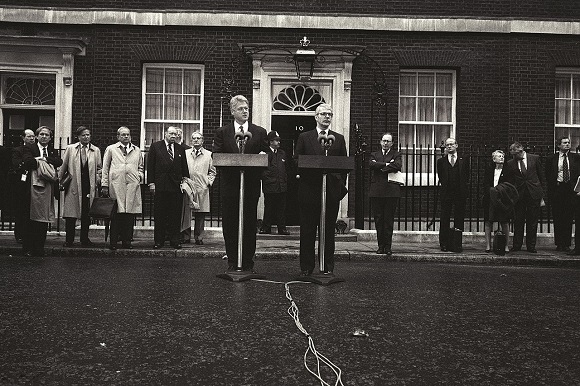

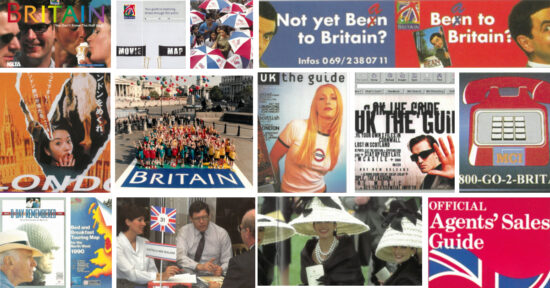
The Millennium Dome at Greenwich & the London Eye or Millennium Wheel on the South Bank heralded the entrance of the city in the 3rd millennium. With a population of more than 8.5 million people, a multinational diversity that spans from European to Asian & African in about half of the overall number, a dynamic economy & a huge array of tourist attractions that attract more than 14 million visitors every year, London stares at the future with more confidence than ever as one of the world’s richest, most iconic metropoles in the world.
